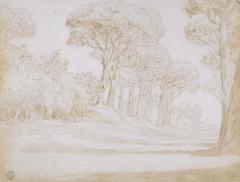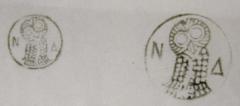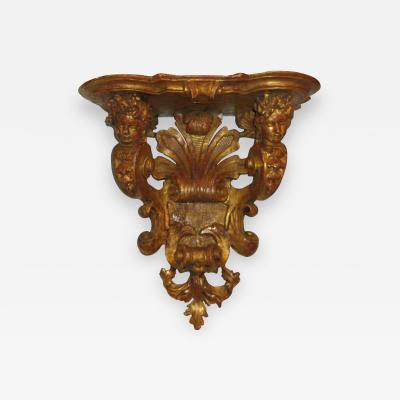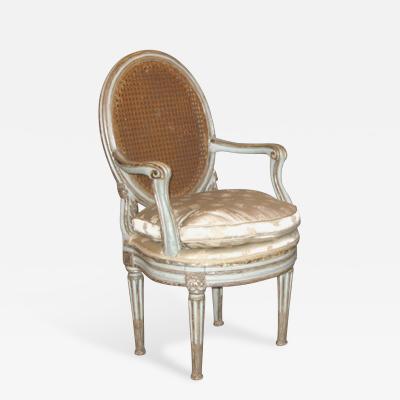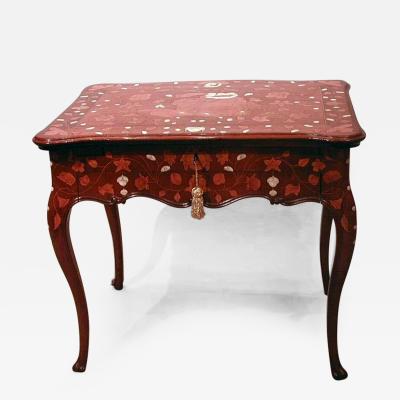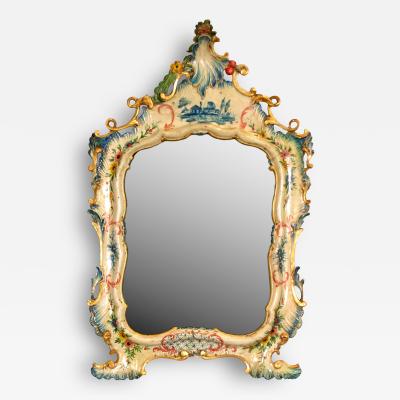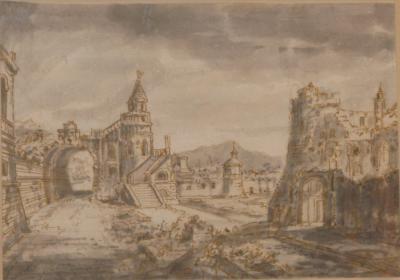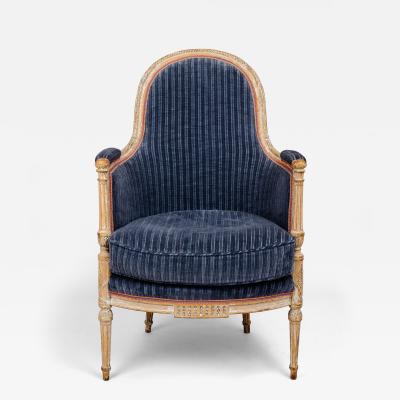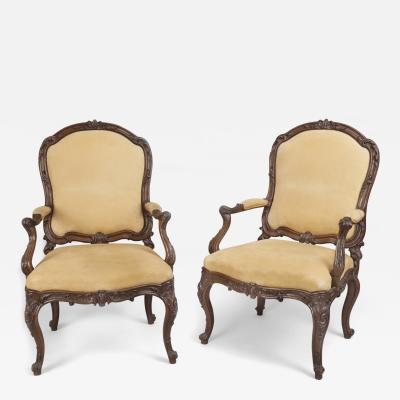A Wooded Landscape with Rolling Hills
-
Description
Born near Utrecht, Gaspar Vanvitelli studied with Mathia Withoos, a painter of landscapes as well as of animal, flower and fruit studies, from whom he learned a precision and attention to detail that would characterize his later work. (Withoos, in turn, had trained in the studio of the Prince of Orange’s architect, Jacob van Campen, with whom he traveled to Italy from 1648 until 1652).
In about 1674, Vanvitelli arrived in Rome, where he studied with the Flemish landscape painter, Abraham Genoels the Younger. Vanvitelli soon began to work for Cornelis Meyer, a noted inventor and hydraulic engineer, who had been commissioned by Pope Clement X, on the occasion of the Jubilee, to study the possibility of reactivating navigation on the now green Tiber, between Perugia and Rome. The project itself was never realized, but a detailed topographical campaign executed by Vanvitelli under the supervision of Meyer was an important stimulus for the young artist. His task was to execute a set of drawings of the most important points of the course of the Tiber, so soon after, in the early 1680’s Vanvitelli elaborated and canonized the criteria of the new gênre he created. Meyer charged Vanvittelli with the production of fifty drawings of the Tiber to be presented to the Pope. This series of drawings was later engraved by Falda and others as part of Meyer’s Opera, which was published in 1683 and 1685.
The Sacchetti family of Rome was amongst Vanvitelli’s earliest patrons, housing the artist in their palace on the Via Giulia for six years. He then rented quarters on the via della Purificazione, before moving into Palazzo Colonna. Two of the earliest datable paintings by Vanvitelli, one depicting the Villa Medici with the Trinità dei Monti, and the other depicting the Ponte Molle, remain in the collection of his long-time protectors, the Principi Colonna. Aside from painting the many views of Rome, Vanvitelli traveled, on at least two separate occasions in, 1690 and 1694, to Northern Italy, stopping amongst other places, Bologna, Ferrara, Florence, Milan, Modena, Parma, Piacenza, Verona and Venice, as well as Loreto in 1699, when he traveled through Southern Italy. Vanvitelli was invited to Naples by the Viceroy, Don Luis de la Cerda, Duque de Medinaceli, who, while Spanish Ambassador to Rome, had been an important patron and friend of the Dutch artist. In fact, the Viceroy was named godfather of Vanvittelli’s son, Luigi, who later became the noted architect of the Bourbon’s royal palace at Caserta.
Vanvittelli returned to Rome, and was elected to the Accadèmia di San Luca in 1711, about which time, at the age of sixty, he became known as “Gasparo degli occhiali” (Gaspare of the spectacles) as his failing eyesight required glasses. Vanvitelli continued to paint views of the Eternal City, which were widely sought after by the local nobility and foreign travelers until about 1730, when his last dated work, a view of Villa Pamphilj, was completed. Credited as the founder of modern topographical painting in Italy, Vanvitelli satisfied the rage for landscapes rendered with almost photographic accuracy and, in so doing, became defined as the “pittore di Roma moderna.”
Within Vanvitelli’s prolific drawing activities, landscape views form a distinct group. At least some of these were autonomous works that were meant to be sold. In the classically balanced layout of the landscape and the technique used to render pronounced and atmospheric contrasts of light and shade, Vanvitelli was clearly inspired by the draftsmanship of Claude Lorrain, his great predecessor as an interpreter of the Italian landscape. Vanvitelli, too, had an acute sense and talent for rendering the variegated forms of nature, its inhabitants and its mood, which can be sensed in the calm of the wooded glade, in the drawing shown here.
Vanvitelli was one of the founders of particular importance in the 18th century pictorial gênre of vedute —a type of landscape faithfully depicting real places. Vanvitelli contributed to the formation of such painters as Canaletto and Belloto. Only with Vanvittelli did the veduta come to an independent life, as a gênre parallel to standard academic historic painting. The vedute he created for his direct and indirect followers meant a spatially clear representation of real places, seen in a fixed perspective with single focus points that is the same as the viewer. Vanvitelli accepted no distortion of the rules of normal visual perception (different from the examples of Canaletto, who sometimes managed the perspective in very personal modes to increase the expressiveness of his pictures). Highly important were Vanvitelli’s choices of places to depict. Often these are not the most famous monuments, but typical places that possess a spirit of the area-a kind of genius loci. Relatively unchanged during his career, Vanvitelli always maintained a high quality of execution and fresh solar chromatic gamma.
The preparatory drawing was highly important in Vanvitelli’s working process. He executed many folios directly from nature and used them later in his studio for his canvases. One of these drawings is presented here. It is impossible to establish the exact place depicted, but this view possesses all the characteristics of the Roman countryside. The freshness and clarity of touch and the brightness of light suggests that this folio be dated to the first quarter of the 18th century.
Provenance:
Nicos Dhikeos (Lyon c.1869-1987 Lyon)
Nicos Dhikeos moved to France in 1916. He was the owner of the “galerie St. François”, which specialized in old master paintings in Lyon from the 1930’s. He became consul of the Republic of Cypress for the department of the Rhone in 1963 where he remained until his death. Dhikeos began collecting drawings in 1930, both antique and modern of German, Flemish, Dutch and French schools. He purchased many Lyonaise collections probably including the collections of Louis Maudet and A. Tardieu (L. 183 b). He also purchased at auction.
The mark in the form of an owl and the initials ND in Greek writing in a circle, stamped in two formats, one 10mm in diameter and the other 15mm in diameter in black ink. - More Information
-
Dimensions
W. 10.88 in; H. 8.13 in; W. 27.64 cm; H. 20.65 cm;
Message from Seller:
L' Antiquaire & The Connoisseur, Inc. specializes in European works of art, antiques, and paintings, with a rich history dating back to 1935. For more information, contact us at 212.517.9176 or info@lantiquaire.us.
















